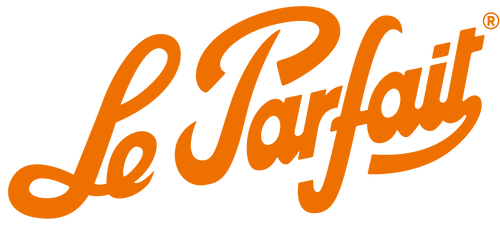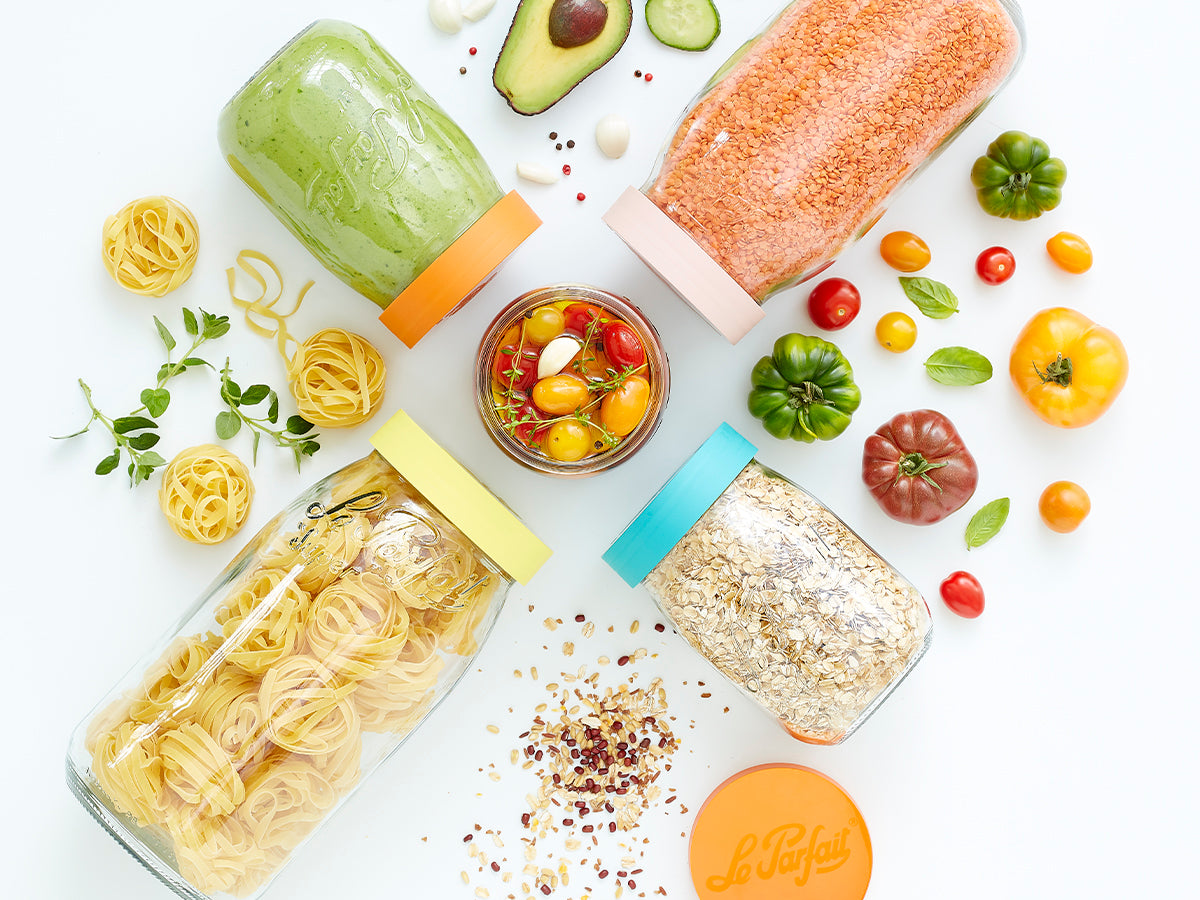Once upon a time Le Parfait

ROOTED IN TRADITION
Le Parfait was founded in the early 1930s in Reims, France, at Verreries Mécaniques Champenoises (VMC), a major glass-making company. With a steady production of high-quality wares and a product line that has continuously evolved to meet consumers’ changing needs and desires,Le Parfait served the glass jar market throughout the 20thcentury.The brand built its presence in grocery shops and general stores all around France,helping make it household name!
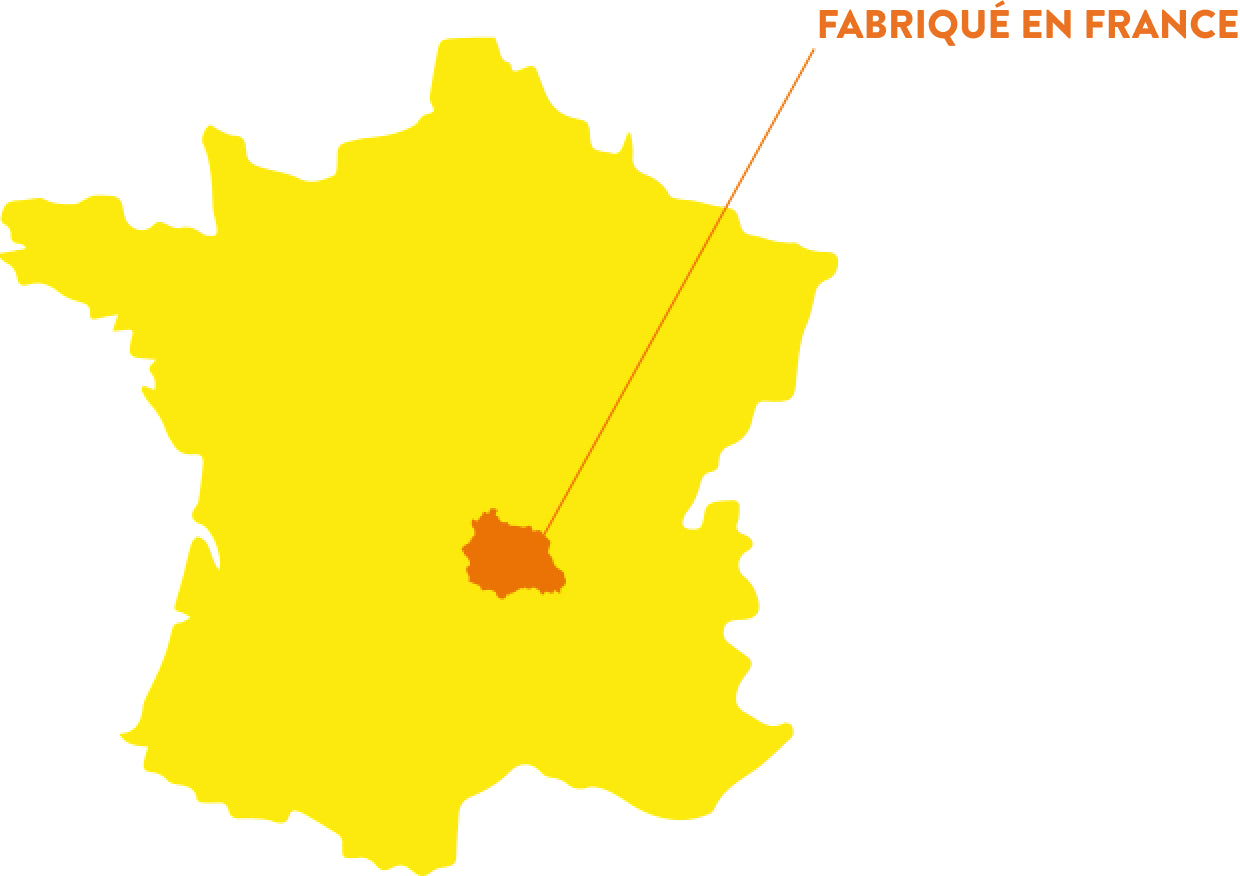
KEEPING UP WITH THE TIMES
Despite its venerable age, Le Parfait has never been so modern! Le Parfait jars are so popular today because they respond so well to the latest trends:
- Healthy, natural food
- Respecting the seasons and enjoying products at the best time of the year, at the best price
- Reducing waste
- Saving money
- The fun and enjoyment of homemade cooking
- Doing things the old fashioned way
-
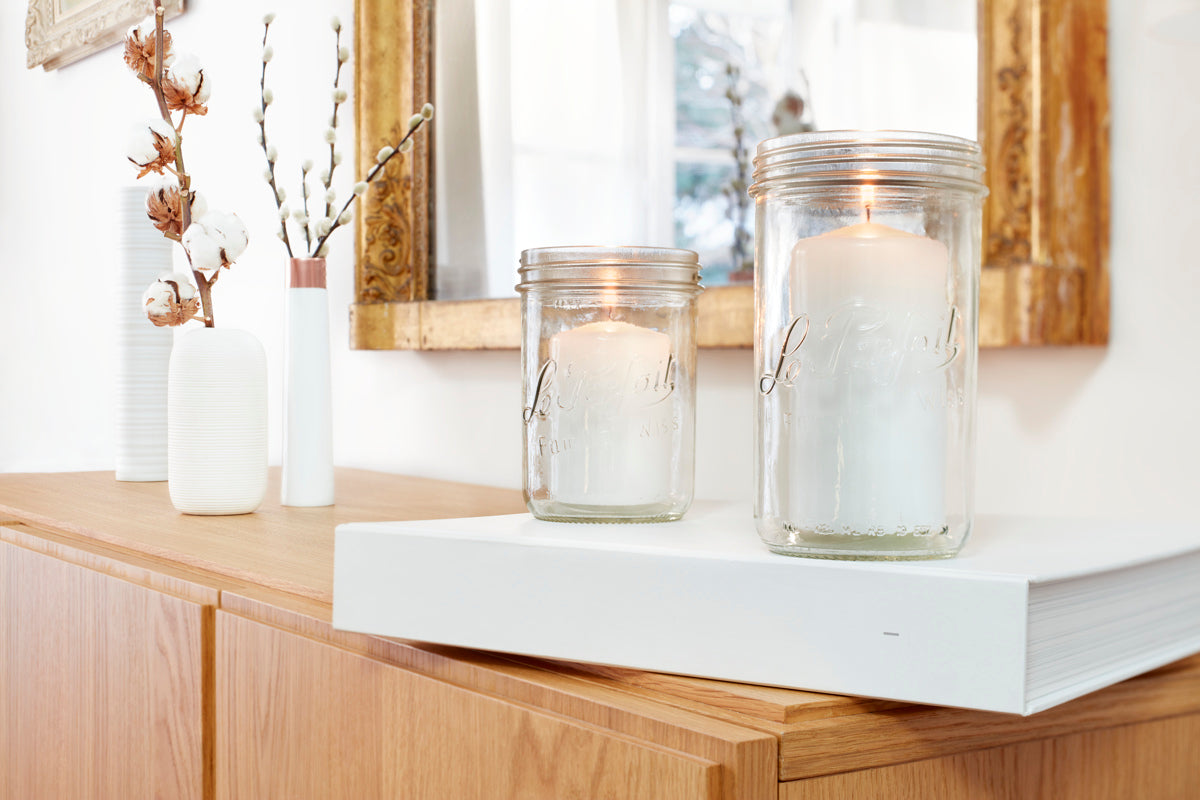
-
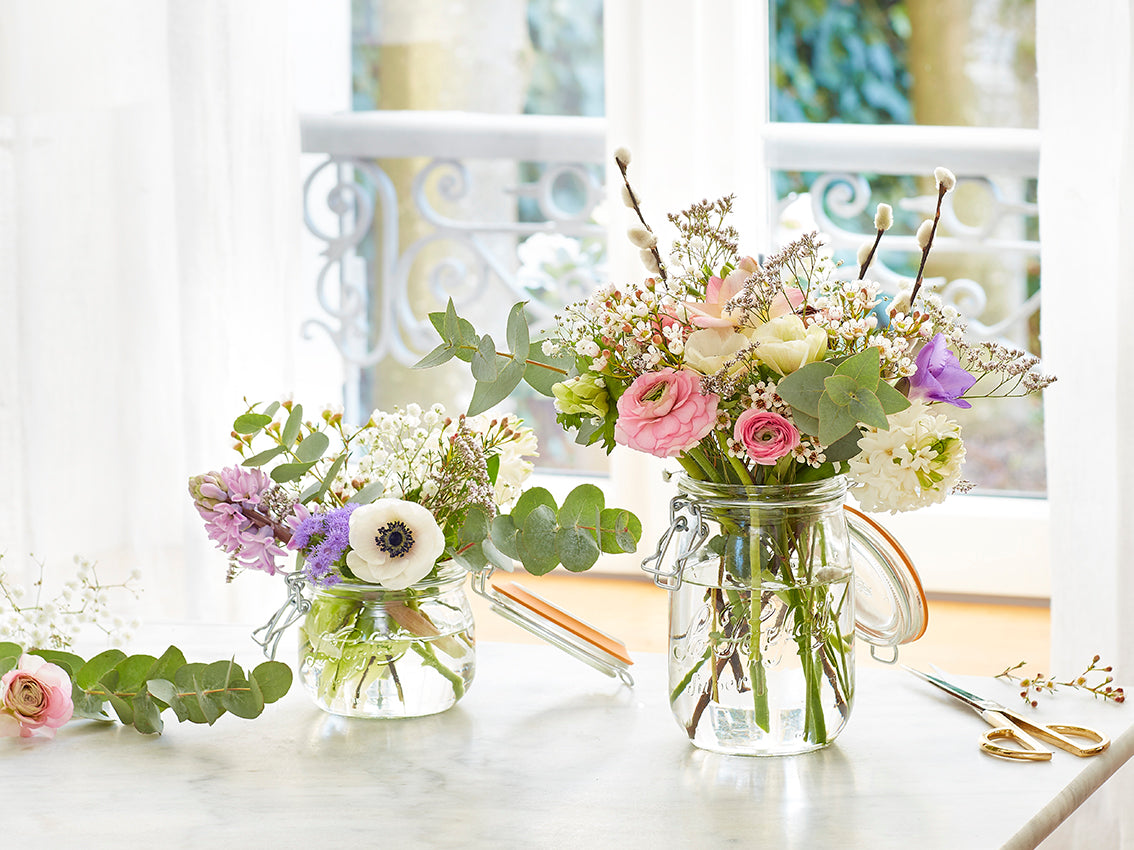
-
With Le Parfait jars, you can get creative!
These simple, attractive glass jars are such a part of the French culture that they’re often used as vases or candy jars, or even transformed into lamps or terrariums. They let you express your creativity!
-
LE PARFAIT JARS ARE HEADING OUT TO CONQUER THE WORLD! THEY ARE NOW AVAILABLE IN THE UK, SPAIN, PORTUGAL AND EVEN THE US!
-
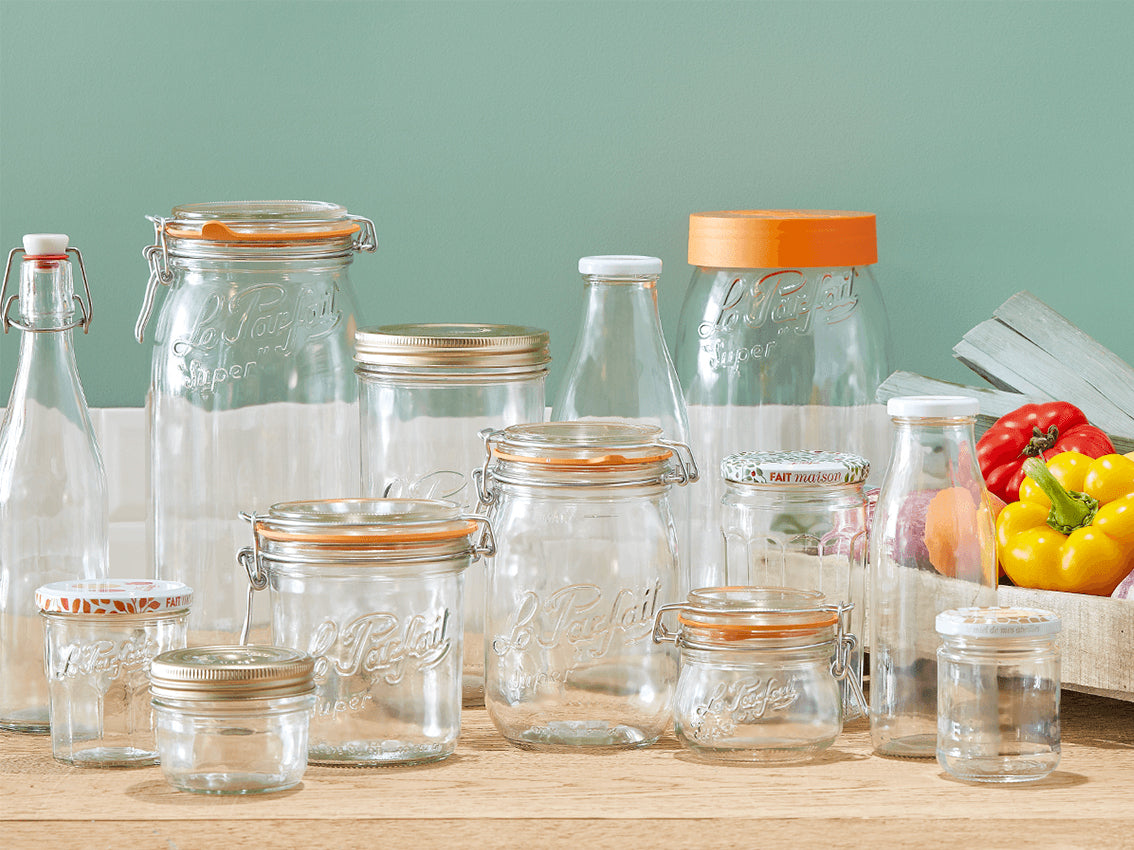
-
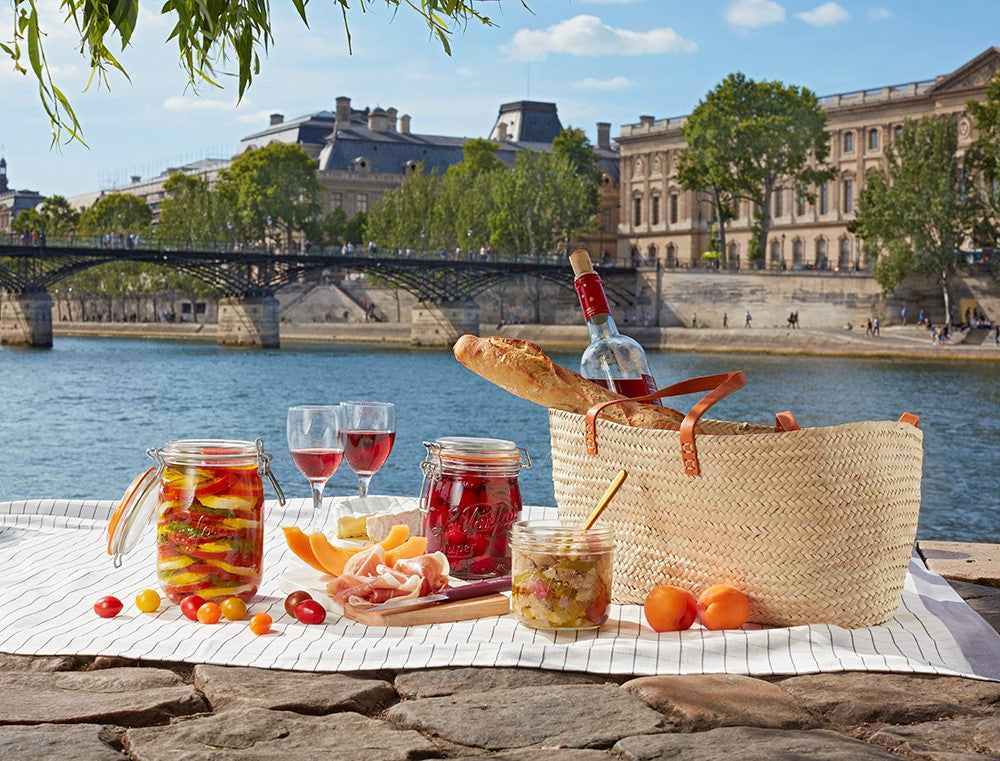
JARS MADE IN FRANCE
Ready for a guided tour of the Le Parfait jar factory? It all starts in the heart of the Auvergne region, in the Massif Central in south-central France…
AN ICONIC JAR
Make no doubt about it: the Le Parfait jar, with its orange rubber seal,is a symbol that everyone will recognise.You don’t have to be an expert to make sure a jar is a genuine Le Parfait – just look for:
Did you know?

NICOLAS APPERT
The “father of food preservation”
Nicolas Appert, a French inventor, discovered the principle of food preservation in airtight containers in the late 18th century. Until that time, all the food preservation processes used – salting or smoking, or preserving in alcohol, vinegar or sugar – were expensive and only partially effective at preserving food. These processes could even alter the quality of the foodstuffs. Nicolas Appert discovered that by heating foods in an airtight container, the produce could be preserved for much longer periods of time. He called his method “appertisation”.

GLASS
The healthiest packaging material
Glass was discovered in Mesopotamia more than 5,000 years ago. By 1500 BC, it was being used to store foodstuffs. It’s natural, 100% recyclable and can be recycled an unlimited number of times. It’s resilient, air and water proof, and preserves flavours without affecting taste. Basically, glass is the healthiest packaging material. All these properties, combined with its aesthetic appeal, make it the favourite packaging material for storing food. of the French.
